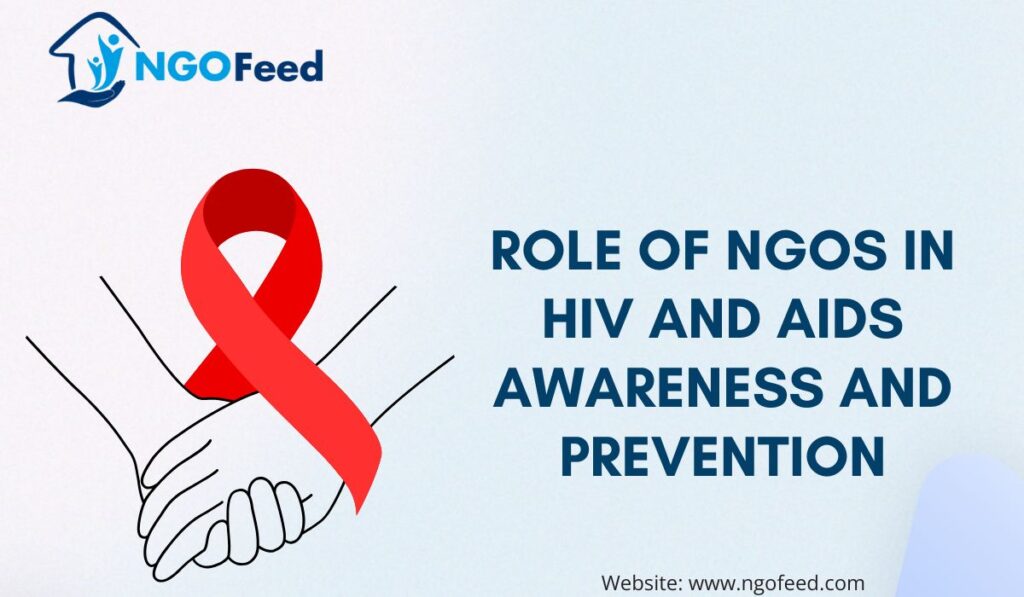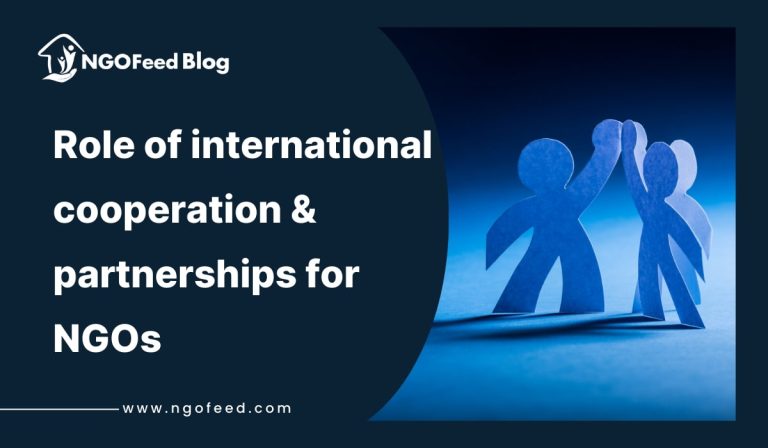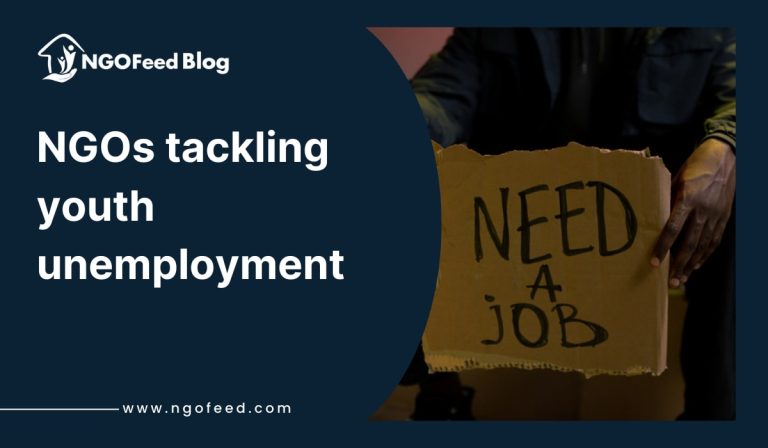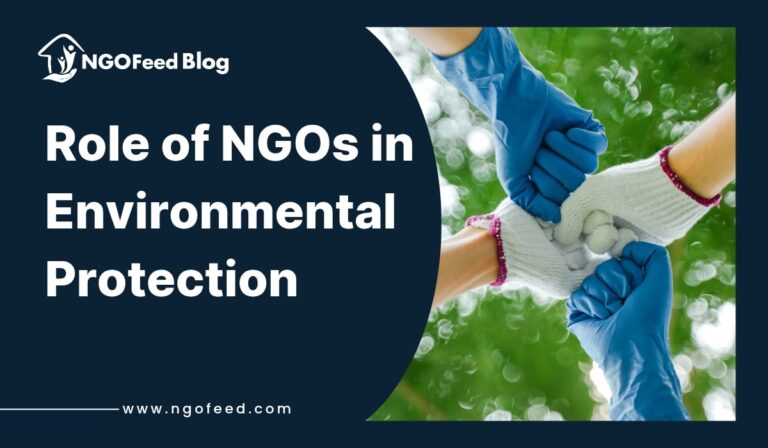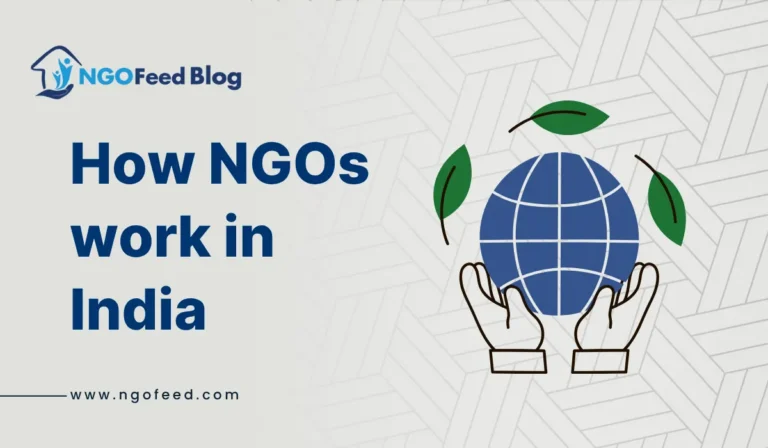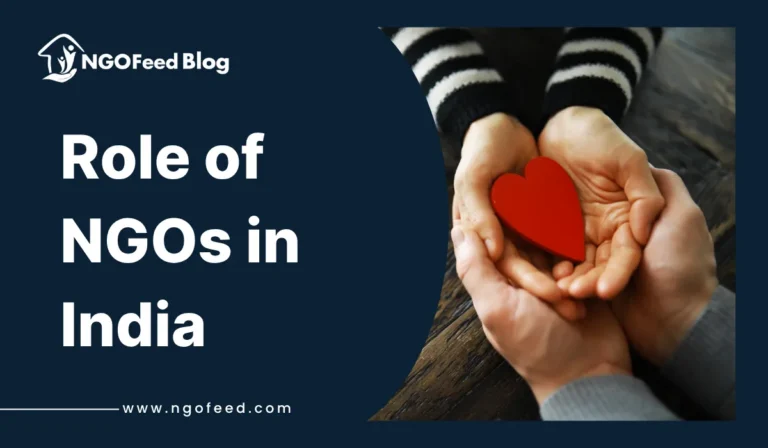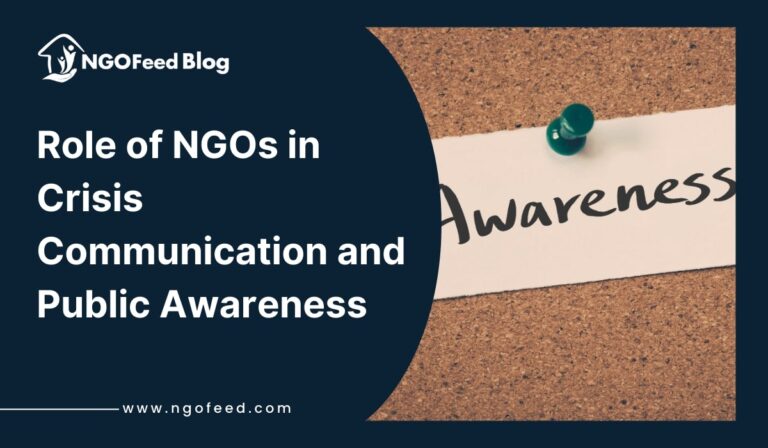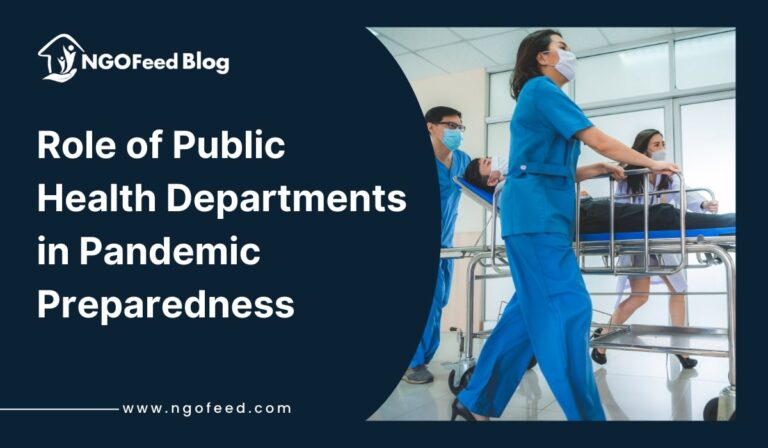Role of NGOs in HIV and AIDS Awareness and Prevention: You will be astonished to know that 88.4 million [71.3–112.8 million] people have been infected with the HIV virus and about 42.3 million [35.7–51.1 million] people have died of HIV. Globally, 39.9 million [36.1–44.6 million] people were living with HIV at the end of 2023.
It is a virus that attacks the body’s immune system. Acquired immunodeficiency syndrome (AIDS) occurs at the most advanced stage of infection. HIV targets the body’s white blood cells, weakening the immune system. This makes it easier to get sick with diseases like tuberculosis, infections and some cancers.
WHO now defines Advanced HIV Disease (AHD) as CD4 cell count less than 200 cells/mm3 or WHO stage 3 or 4 in adults and adolescents. All children younger than 5 years of age living with HIV are considered to have advanced HIV disease.
Table of Contents
How Does HIV Spread?
One gets infected with HIV if infected blood, semen or fluids from a vagina enters their body. This can happen when individuals :
- Have physical contact: They may become infected if they have vaginal or anal sex with an infected partner. Oral sex carries less risk. The virus can enter their body through mouth sores or small tears that can happen in the rectum or vagina during sex.
- Share needles to inject illicit drugs: Sharing needles and syringes that have been infected puts individuals at high risk of HIV and other infectious diseases, such as hepatitis.
- Have a blood transfusion: Sometimes the virus may be transmitted through blood from a donor. Hospitals and blood banks screen the blood supply for HIV. So this risk is small in places where these precautions are taken. The risk may be higher in resource-poor countries that are not able to screen all donated blood.
Have a pregnancy, give birth or breastfeed: Pregnant people who have HIV can pass the virus to their babies. People who are HIV positive and get treatment for the infection during pregnancy can greatly lower the risk to their babies.
Also Read: Role of NGOs in Mental Health
How Can You Prevent HIV and AIDS?
Effective antiretroviral treatment (ART) is crucial for preventing transmission from mother to child during pregnancy, delivery, and breastfeeding, as well as for ensuring that individuals who are virally suppressed do not transmit it to sexual partners.
In addition to ART, condoms help prevent it and other sexually transmitted infections, while prophylactic use of antiretroviral medicines provides further protection. Male circumcision is recommended in high-burden regions of eastern and southern Africa, and harm reduction strategies, such as needle-syringe programs and opioid substitution therapy, are vital for preventing it and other blood-borne infections among people who inject drugs.
Although ART does not cure it, it significantly reduces viral replication, lowering viral load to undetectable levels and enabling people living with it to lead healthy, productive lives. By reducing the risk of onward transmission by 96%, ART serves both as treatment and prevention.
Adherence to daily ART is essential, and if challenges like drug resistance arise due to lost contact with healthcare providers or drug shortages, switching to alternative medications becomes necessary to maintain health.
Also Read: Role of WHO in Healthcare
How International Organisations Participate In Raising Awareness ?
The global response to the HIV and AIDS epidemic has been a critical area of focus for the international community for several decades, characterised by international collaboration, advocacy, and resource mobilisation to tackle the multifaceted challenges posed by the disease.
For instance, UNAIDS, a joint program of the United Nations dedicated to addressing the disease, was established in 1996 to coordinate international efforts, advocate for increased funding and resources, and support countries in implementing effective HIV and AIDS programs. Improving access to HIV treatment, particularly through the widespread availability of antiretroviral therapy (ART), has also been a significant focus of the world response to HIV/AIDS. The World Health Organization (WHO) introduced the “Treat All” policy in 2015, recommending immediate initiation of ART for all people living with HIV.
Another crucial aspect of the global response to HIV/AIDS is prevention. The UNAIDS strategy in this area focuses on combination prevention, including measures such as condom distribution, harm reduction programs for injecting drug users, and promoting voluntary medical male circumcision in high-prevalence regions.
The WHO’s Option B+ strategy, which involves providing lifelong ART to all pregnant and breastfeeding women living with HIV, has been widely adopted as a strategy to prevent mother-to-child transmission. Pre-Exposure Prophylaxis (PrEP) has also emerged as a critical prevention tool for people at high risk of HIV infection, as it involves taking antiretroviral medication to reduce the likelihood of contracting the virus.
Other strategies that have been employed to combat the HIV/AIDS epidemic include addressing stigma and discrimination, integrating HIV services with other health interventions, empowering key population groups, and investing in research and innovation.
Also Read: Role of NGOs in Disabled Person
Pivotal Role Of NGOs in HIV and AIDS Awareness and Prevention
The term ‘non-governmental organisations’ applies to diverse organisations that “work together outside of government to address a need, advance a cause or defend an interest. The World Bank uses a somewhat narrower definition of NGOs as private organisations that pursue activities to relieve suffering, promote the interests of the poor, protect the environment or undertake community development (World Bank, 1988).
The importance of NGOs in the national AIDS control programs of developing countries has evolved significantly over time. Initially, when the World Health Organization’s Global Programme on AIDS (GPA) began assisting countries in formulating national plans for AIDS control, NGOs were seldom consulted for official input and were rarely represented on national AIDS committees.
However, as the program progressed, GPA developed extensive links with a wide range of NGOs, supporting their efforts to combat AIDS at global, national, and local levels. A resolution from the World Health Assembly in 1989 emphasised the vital role of NGOs in India for the global strategy for the prevention and control of AIDS, acknowledging that their commitment, versatility, knowledge, and experience can profoundly impact individuals and society, particularly concerning the needs of those living with HIV and those affected by AIDS.
Also Read: Role of NGOs in Cancer Care
Some NGOs Working For This Cause In India
Neptune Foundation
Neptune Foundation runs a program to provide underprivileged HIV+patients with adequate nutrition to help people battling HIV and AIDS withstand strong medical treatment and help them through recovery. Neptune’s workers identify patients from government hospitals who come in for Antiretroviral therapy (ART) treatment.
Snehalaya
Snehalaya provides housing, food, clothes, medications, education and extra-curricular facilities for HIV+ orphans and semi-orphans (children of sex workers). They help people battling with HIV/AIDS get all the resources necessary to ensure they grow up in a regular household.
Grace Peter Charitable Trust
Grace Peter Charitable Trust provides nutrition support to people battling with HIV/AIDS so that they can withstand the intense medical treatment and help them through recovery. Madurai has two Antiretroviral Therapy (ART) centres and most underprivileged HIV+ children come to these hospitals for treatment.
Also Read: Role of NGOs in Gender Equality
Conclusion
Concise overview of the recommendations regarding the support of NGOs in the fight against HIV and AIDS-
- Develop National Plans: Encourage countries to create comprehensive national plans for AIDS control, involving input from a diverse range of stakeholders, including NGOs.
- Strengthen Collaboration: Support AIDS-related NGOs in forming national and regional consortia to enhance collaboration among themselves and with national AIDS control programs.
- Provide Seed Funding and Technical Assistance: Consider offering seed money and technical support to strengthen the administrative and organisational capacities of AIDS-related NGOs, particularly in regions with high needs, such as Africa. Research is needed to determine effective funding strategies, potentially extending project timelines beyond the typical two to three years.
- Mentorship Opportunities: Fund larger, established NGOs to mentor newer organisations, helping to build the capacity of small, indigenous NGOs and enabling them to acquire essential organisational skills more rapidly.
- Leverage NGO Strengths: Recognize and support the unique strengths of NGOs when selecting projects for funding and developing reporting guidelines. NGOs should be encouraged to focus on their core competencies, particularly their ability to respond to community needs and provide care and support to people living with AIDS as part of their prevention efforts.

